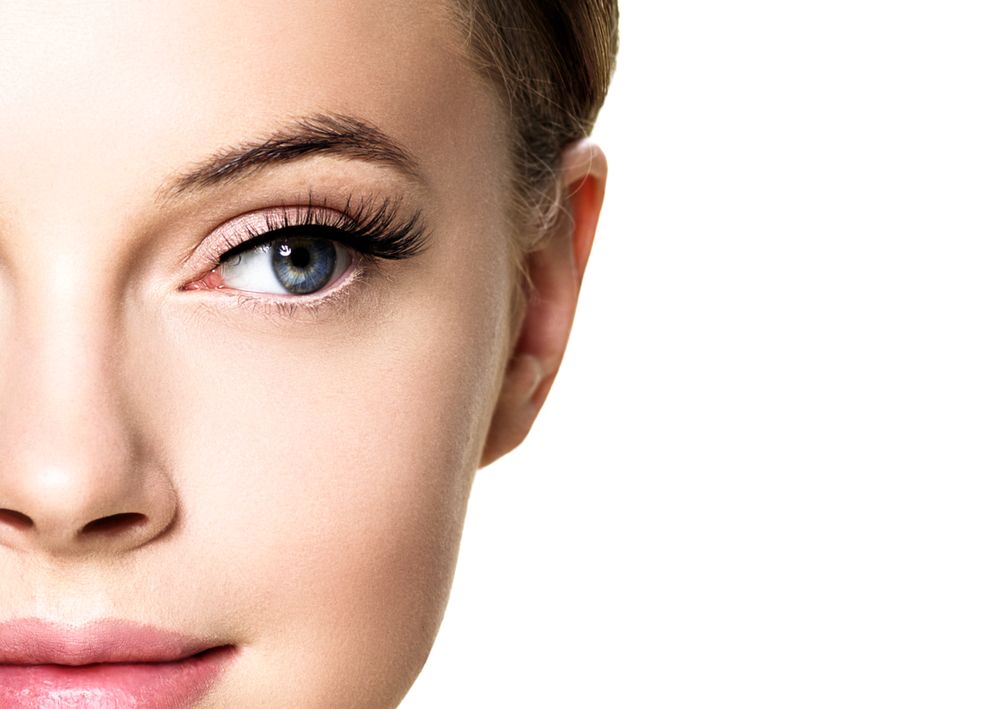Posted by: Manhattan LASIK Center

Laser vision correction techniques have been successfully used to improve the vision of patients so that their reliance on eyeglasses or contact lenses is reduced. The initial method for the procedure has continued to evolve since it was first created, enabling patients to enjoy greater accuracy and safety, as well as the versatility to choose a technique that best suits their individual needs.
Two popular laser vision correction techniques are known as LASIK and SMILE. Here’s what you need to know about the differences between them to enable you to make an informed decision about your LASIK or SMILE treatment in Paramus, NJ.
The Main Differences Between LASIK and SMILE are: The Type of Refractive Error That They Treat
LASIK can be used to treat all refractive errors – myopia (nearsightedness), hyperopia (farsightedness), and astigmatism. This makes it extremely versatile. However, while a SMILE can be used to treat myopia with or without astigmatism, it cannot treat farsightedness or astigmatism by itself. Myopia is the most common of all refractive errors, meaning that a significant number of patients can still benefit from SMILE laser vision correction.
The Technique Used to Perform The Laser Vision Correction
One of the main differences between LASIK and SMILE lies in the techniques themselves. Laser vision correction has continued to involve since its inception, meaning that there are now various techniques being used. LASIK and SMILE represent two of these.
The front of the eye is covered by a layer of ultra-thin tissue called the epithelium. The epithelium is the eye’s invisible barrier to the elements, preventing bacteria and debris from entering the eye. In LASIK, the laser is used to create a thin flap in the epithelium and a small part of the stroma, which is the underlying permanent tissue. This flap is then lifted to expose the layer beneath that will be reshaped to correct the refractive error. The SMILE technique is different in that instead of a flap, SMILE involves the creation of a lenticular – a small, lens-shaped piece of tissue that is removed to correct your refractive eye error.
The Size of The Incisions Used
When it comes to laser vision correction, size really does matter. In SMILE, the incision that is made into the cornea is approximately 4mm. In LASIK, the incision needed to make the flap is much larger at around 20mm. A smaller incision dramatically reduces the risk of experiencing complications, particularly those associated with flap creation which are the most common complications seen in LASIK patients.
Patient Comfort
Firstly, it’s important to state that all laser vision correction procedures are performed using a local anesthetic, which ensures that you don’t feel any pain. However, it’s still normal to feel some sensations, such as light pressure during your treatment. SMILE is considered to offer the most comfortable experience of all laser vision correction treatments. This is large because the procedure is performed with the VisuMax femtosecond laser. This laser not only has the precision to be able to successfully perform the SMILE technique, but it also causes the lowest increase in pressure in the eye, meaning that patients genuinely don’t feel a thing during their procedure.
Patient safety
While all forms of laser vision correction are extremely safe when they are performed by trained and experienced laser vision surgeons like our team at Manhattan LASIK Center, SMILE is considered to have a superior safety profile. This is primarily due to the advanced laser that is used, and the significantly lower risk of complications associated with the technique.
Availability
LASIK is one of the most well-known and popular types of laser vision correction and can be found performed widely across the country. However, since SMILE is a newer, more advanced treatment, it is only available at a number of select, premier locations, including our Manhattan LASIK Center Offices.
For more information about LASIK or SMILE, or to schedule a FREE consultation or virtual consultation to discuss your candidacy, please call us at 212-759-9617.

